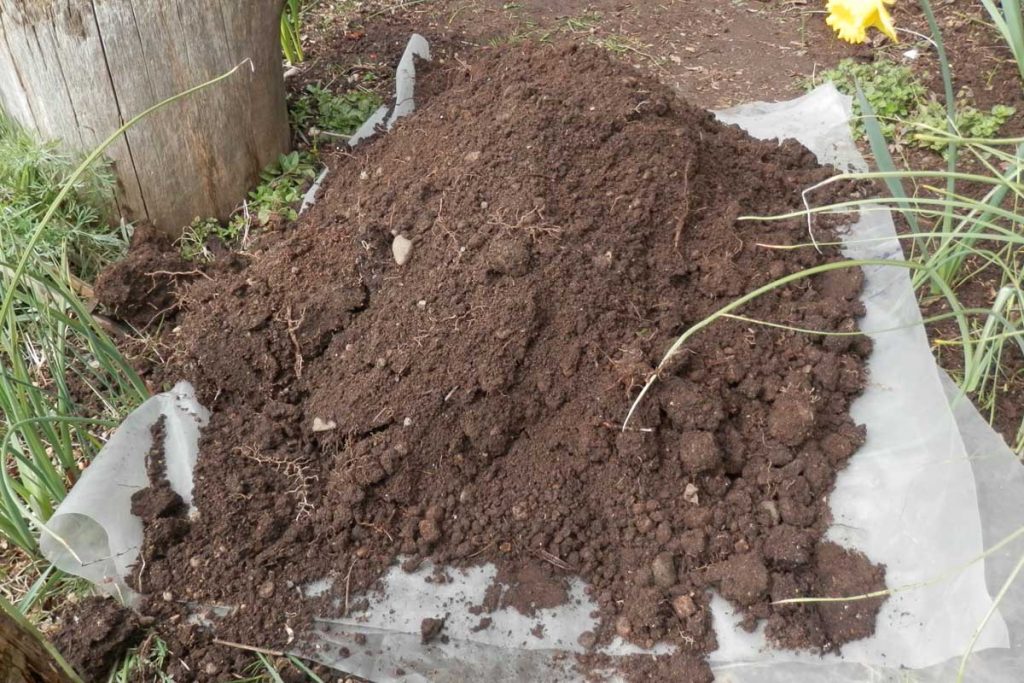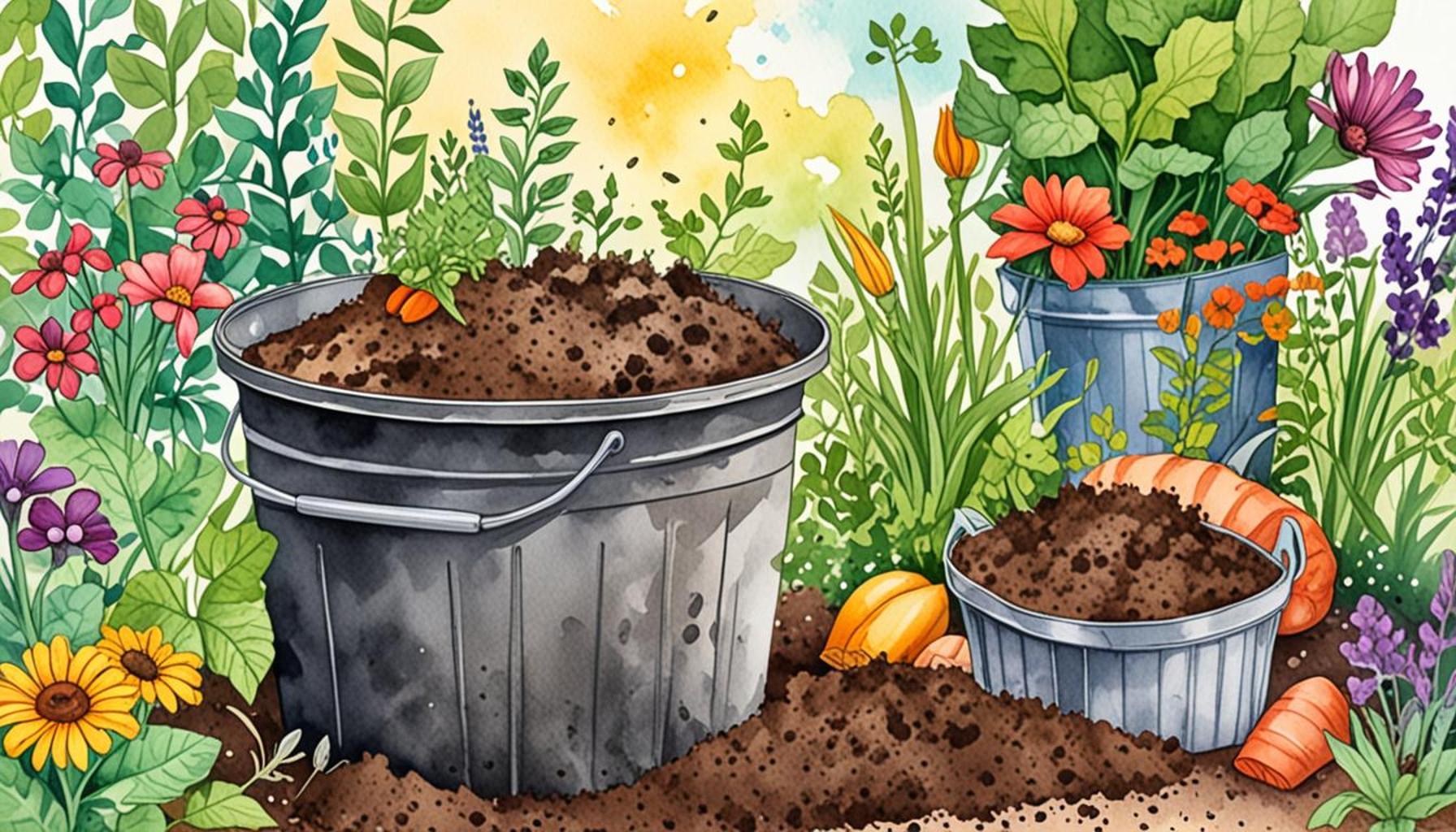The Importance of Soil Health for Gardening Beginners

Soil is more than just dirt; it is a living ecosystem that plays a crucial role in gardening success. For beginners, focusing on soil health can make the difference between a flourishing garden and a disappointing harvest. A deep understanding of soil not only enhances the gardener’s skill but also impacts the environment, food quality, and ecosystem health.
Key Elements of Soil Health
Healthy soil supports plant growth by providing essential nutrients and water retention. Several vital components contribute to soil health:
- Nutrient Content: Essential elements like nitrogen, phosphorus, and potassium are critical. For example, nitrogen is vital for leaf growth, while phosphorus plays a key role in root development and flowering. A soil test can reveal the nutrient content, guiding gardeners on any amendments needed to optimize plant health.
- Microbial Activity: Beneficial microorganisms such as bacteria, fungi, and earthworms help decompose organic matter, enhancing nutrient availability. For instance, mycorrhizal fungi form symbiotic relationships with plant roots, increasing their access to water and essential nutrients, allowing for more robust growth.
- pH Levels: The acidity or alkalinity of soil affects nutrient uptake for plants. Most garden plants thrive in slightly acidic to neutral pH levels (6.0 to 7.0). Regular testing can help gardeners adjust pH with lime to raise it or sulfur to lower it, ensuring optimal nutrient absorption.
Benefits of Healthy Soil
Healthy soil fosters robust plant roots and vibrant growth. Additionally, it:
- Improves water efficiency, reducing the need for excessive irrigation. Healthy soil retains moisture more effectively, which is particularly important in regions prone to drought, ensuring plants have consistent access to water.
- Enhances biodiversity, attracting beneficial insects and pollinators. A diverse ecosystem can minimize pest problems and improve crop yields. For example, planting native flowers can attract pollinators like bees, which help fertilize flowering plants.
- Minimizes pest and disease issues by creating a balanced environment. Healthy soils can better support natural pest control methods, like predators or beneficial insects, which help manage pest populations without relying on chemical pesticides.
With these elements in mind, understanding soil health becomes imperative for every aspiring gardener. As you cultivate your first garden, remember that investing in soil health will lay the foundation for your gardening journey. This foundational knowledge not only improves the longevity and productivity of your garden but also contributes to sustainable farming practices beneficial to the greater ecosystem.
DIVE DEEPER: Click here for safe pest solutions

Understanding Soil Composition
To fully appreciate soil health, gardeners must first understand what soil is made of. Soil is a complex mixture of minerals, organic matter, air, and water that creates a habitat for countless living organisms. Each component plays a critical role in maintaining a healthy ecosystem conducive to plant growth.
The mineral content of soil comes from the weathering of rocks and minerals over time. This inorganic component consists of particles of varying sizes, categorized as sand, silt, and clay. Sand promotes drainage, silt retains moisture, and clay provides nutrients. A well-balanced combination of these three elements is crucial for cultivating a versatile and productive garden.
A significant part of soil health lies in its organic matter content. Organic materials, such as decomposed leaves, plant roots, and animal manure, enhance soil structure and fertility. They improve aeration and water retention while also serving as food for beneficial microorganisms. Regularly adding organic matter through composting not only boosts nutrient levels but also enhances the soil’s ability to hold water and nutrients, creating a rich environment for plants.
Recognizing Soil Types
It’s essential for gardening beginners to recognize that different soil types can impact their gardening efforts significantly. Understanding your soil type is the first step in determining the necessary amendments and care required. Here are the most common types found across the United States:
- Sandy Soil: Characterized by coarse texture and excellent drainage, sandy soil is easy to work with but may require more frequent watering and fertilization due to its low nutrient-holding capacity.
- Clay Soil: This soil type is dense and retains moisture well, which can lead to drainage issues. While nutrient-rich, it can be challenging to work with and often benefits from tilling and the addition of organic matter to improve aeration.
- Silty Soil: Silty soil is smooth and retains moisture well. It is often fertile but can become compacted. Regular cultivation and the addition of compost can help maintain its health.
By recognizing the specific characteristics of their soil, gardeners can tailor their approaches to ensure optimal conditions for plant growth. For instance, those with sandy soil might focus on regular organic matter application to boost nutrient availability, while gardeners with clay soil might need to prioritize improving drainage.
Finally, understanding the importance of soil testing cannot be overstated. A simple test can provide insights into your soil’s pH, nutrient levels, and organic matter content. This information is crucial for implementing the right amendments and practices that support soil health and ultimately contribute to a thriving garden.
The Importance of Soil Health for Gardening Beginners
For gardening beginners, understanding the significance of soil health is pivotal for the success of their gardening endeavors. Healthy soil supports plant growth, enriches the ecosystem, and has a profound effect on the overall productivity of the garden. This goes beyond just mixing compost; it involves balancing nutrients, maintaining soil structure, and promoting beneficial microorganisms. The right soil health practices can make a remarkable difference, allowing plants to thrive and gardens to flourish.
Moreover, Georgia’s sustainable gardening initiatives emphasize the necessity of soil testing to determine nutrient levels and pH balance. For beginners, this practice provides a scientific basis to understand their soil and guides them to make informed amendments. By implementing organic practices, like crop rotation and cover cropping, new gardeners can enhance their soil’s health, ensuring it remains fertile for many seasons to come. Thus, learning about soil health is not just a technique; it’s a practice that nurtures the growth of a vibrant and sustainable garden.
| Category | Benefits |
|---|---|
| Nutrient Availability | Healthy soil ensures that plants receive essential nutrients necessary for growth. |
| Water Retention | Good soil structure helps retain moisture, which is crucial for plant health, especially during dry periods. |
| Microbial Activity | Diverse microorganisms improve soil fertility and help in nutrient cycling, enhancing plant health. |
| Erosion Control | Healthy soil reduces the risk of erosion, protecting plant roots and maintaining soil structure. |
By grasping the intricacies of soil health, gardening beginners can better navigate the challenges they face while establishing their gardens. This foundational knowledge transforms their gardening approach, leading to a healthier ecosystem and more fruitful yields.
DISCOVER MORE: Click here to identify common garden pests
The Role of Soil Microorganisms
While soil composition lays the groundwork for a thriving garden, soil microorganisms play an equally vital role in maintaining soil health. Tiny organisms, including bacteria, fungi, and protozoa, form the invisible army that breaks down organic matter, cycling nutrients and improving soil fertility. For gardening beginners, understanding the significance of these microorganisms can lead to healthier plants and more productive gardens.
One of the key benefits of soil microorganisms is their capacity to decompose organic materials. As decomposers, they convert complex organic compounds into simpler forms that plants can absorb. This process not only enriches the soil but also creates humus, a critical component that enhances soil structure and moisture retention. Without these microorganisms, organic matter would take much longer to break down, limiting the availability of nutrients for your plants.
Furthermore, certain types of bacteria, such as nitrogen-fixing bacteria, play a crucial role in the nitrogen cycle. They convert atmospheric nitrogen into forms that plants can utilize, addressing one of the most essential nutrient needs for healthy growth. Understanding which plants can benefit from these organisms can guide beginners in selecting compatible species to enhance nitrogen content in the soil.
Soil Fertility and Nutrient Management
Soil fertility is not just about the presence of nutrients; it is also about the soil’s ability to *retain* and *supply* those nutrients to plants over time. Soil pH is a determining factor in this process. Most garden plants prefer a pH between 6.0 and 7.0, allowing for an optimal balance of nutrient availability. Gardeners can utilize soil testing kits to determine their soil’s pH and amend it accordingly—using lime to raise pH or sulfur to lower it, for example.
Another aspect of nutrient management involves understanding the role of macronutrients and micronutrients in plant health. Essential nutrients such as nitrogen (N), phosphorus (P), and potassium (K) are known as macronutrients. Beginner gardeners should also pay attention to micronutrients like iron, manganese, and zinc, which are needed in smaller quantities but are equally critical to plant vitality. By regularly testing soil and utilizing organic fertilizers like compost, fish emulsion, or well-rotted manure, gardeners can ensure a balanced nutrient supply tailored to their specific plants’ needs.
Building Soil Health Through Sustainable Practices
Adopting sustainable gardening practices is a powerful way to enhance soil health for beginners. Practices such as crop rotation, where different plants are grown in succession to prevent nutrient depletion, can significantly benefit soil ecosystems. Similarly, cover cropping involves planting specific crops during the off-season to protect and improve soil structure—not only do cover crops prevent erosion, but they also add organic material back into the soil when turned under.
Incorporating mulching is another effective strategy for soil health. Organic mulches, such as straw, wood chips, or grass clippings, help regulate soil temperature, suppress weeds, and retain moisture. As these materials break down, they feed beneficial microorganisms and improve soil fertility, creating a dynamic environment for your plants to flourish.
In summary, the journey into gardening begins with a solid understanding of soil health, encompassing its composition, microbial inhabitants, nutrient management, and sustainable practices. With these elements in hand, even the most novice gardeners can cultivate a thriving garden that offers bountiful harvests and cultivates a love for gardening.
LEARN MORE: Click here to discover how to create your own vertical garden
Conclusion: Unlocking Gardening Success through Soil Health
In the world of gardening, the foundation of success lies within the soil. Understanding soil health is crucial for beginners embarking on this rewarding journey. From the vital role of microorganisms that enhance nutrient cycling to the importance of soil fertility and optimal pH levels, every aspect plays a significant part in creating a thriving garden. By recognizing the delicate balance between soil composition, microbial activity, and nutrient management, new gardeners can foster an environment where plants flourish.
Moreover, the implementation of sustainable practices, such as crop rotation and mulching, provides a pathway to long-term soil health. These methods not only improve soil structure but also empower beginners to build resilient and productive ecosystems within their gardens. As you delve deeper into the world of gardening, remember that every seed sown is an opportunity to nourish the earth and cultivate life.
For those eager to expand their gardening knowledge, conducting regular soil tests and exploring organic fertilizers can further refine your approach to soil management. Experimentation with different plant varieties alongside understanding their unique nutrient needs can yield impressive results. Ultimately, investing time and effort into soil health will reward you with bountiful harvests and a greater connection to the natural world.
As you begin your journey, keep in mind that mastering soil health will not only enhance your gardening experience but also contribute to creating a sustainable environment for generations to come. Happy gardening!



